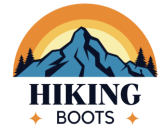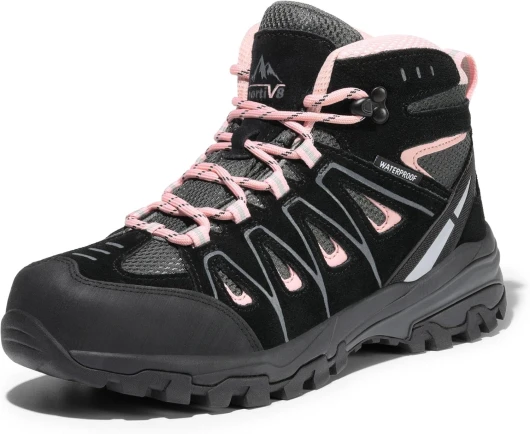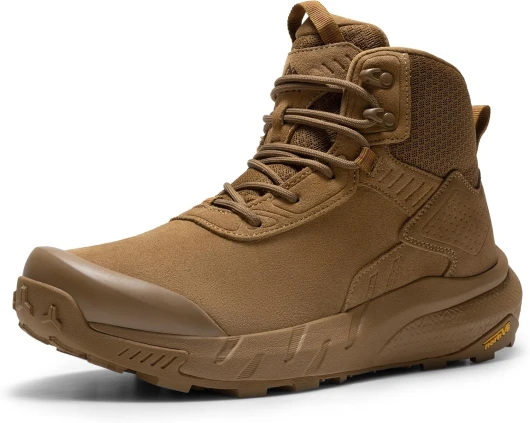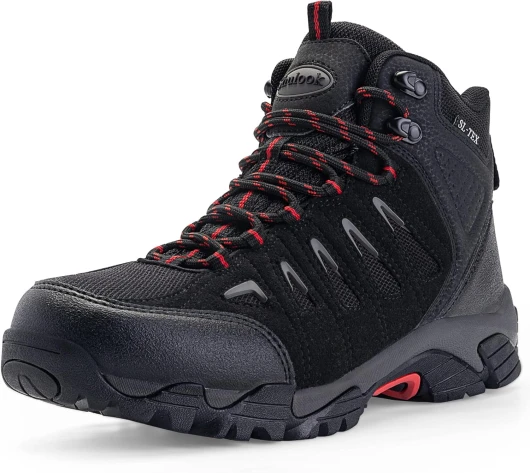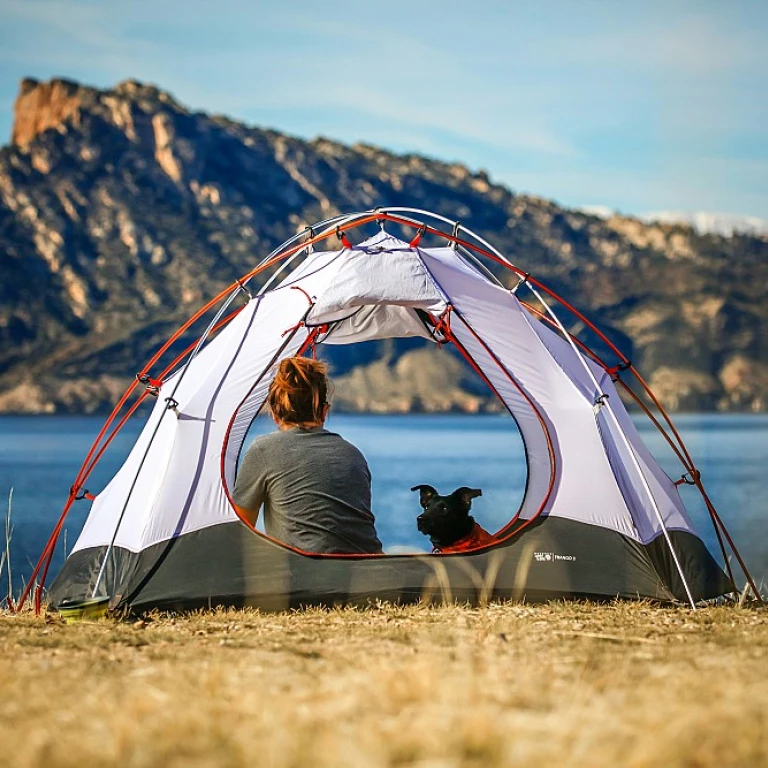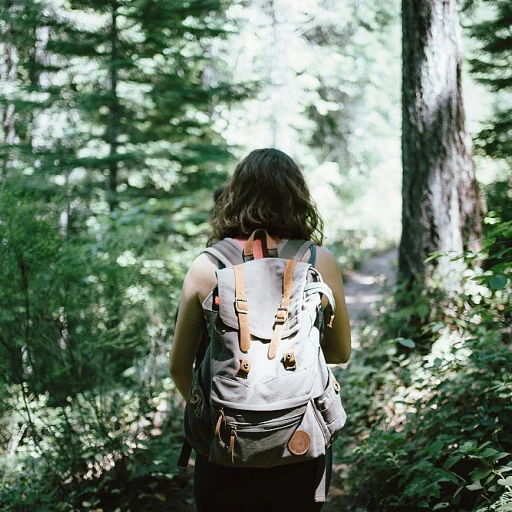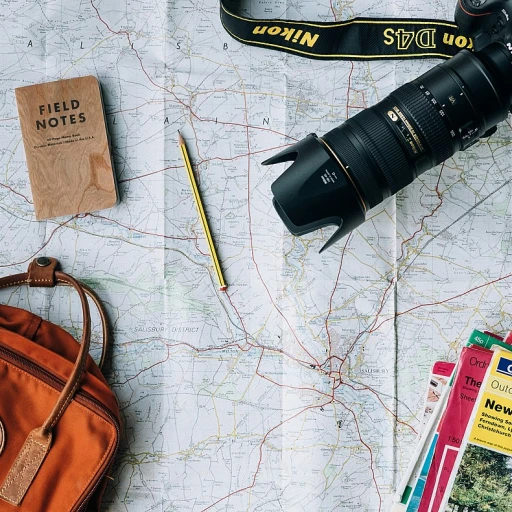
Understanding the Importance of Lightweight Hiking Boots
The Significance of Lightweight Hiking Boots
As outdoor enthusiasts, we understand how crucial it is to have the right gear when setting out on a trail. One often overlooked yet essential component is the choice of hiking boots. While traditional boots have their place, lightweight hiking boots are becoming increasingly popular among hikers and mountaineers. But why is this shift occurring? Let’s delve into the importance of opting for lightweight options.
Firstly, the primary advantage of lightweight hiking boots lies in their reduced weight, which minimizes the effort exerted by your feet over long distances. This can make a significant difference during extended hikes, where every ounce matters in preserving energy and reducing fatigue. Lightweight boots also enhance agility, giving hikers the ability to navigate tougher trails with ease.
Another critical factor is comfort. A lighter pair of boots often comes with improved breathability, ensuring your feet remain dry and less prone to blisters, which is essential for maintaining comfort throughout your trek. Moreover, many lightweight boots are engineered with advanced materials like gore tex for waterproof protection without compromising the boot's overall lightness.
For those seeking a balance between support and mobility, lightweight options often come with mid-level ankle support, ensuring stability on rocky and uneven terrains. This provides a crucial benefit over trail running shoes, as it reduces the risk of sprains and injuries while allowing for a more dynamic hiking experience.
In sum, choosing lightweight hiking boots is not merely about superficial preferences but rather a strategic decision that enhances the overall outdoor experience, offering comfort, agility, and support without the burden of heavier footwear. As we explore further, knowing the materials and technology behind these boots can help in making an informed choice that best suits your hiking endeavors.
Materials and Technology Behind Lightweight Hiking Boots
Advanced Materials for Enhancing Hiking Experiences
Lightweight hiking boots owe much of their appeal to innovative materials and technology that prioritize comfort, durability, and performance. As hiking trails vary in terrain and challenge, the need for advanced footwear becomes increasingly vital. Modern hiking boot manufacturers, like Merrell and Hoka, emphasize using materials such as lightweight leather and synthetic fabrics. These materials strike a balance between weight reduction and support. For those eyeing long-distance trails, the Hoka Kaha GTX is known for its lightweight and ultra-comfortable design, providing ample midsole support without compromising on protection. Waterproofing technologies, such as Gore-Tex liners, play a significant role in ensuring your feet stay dry in unpredictable weather conditions. The Salomon Ultra's waterproof hiking technology is favored among many hikers for its ability to repel both water and debris, while the mid GTX designs offer a fine balance of breathability and moisture control. Beyond material choices, recent advancements focus on the importance of the sole and fit. The Salomon Quest and Merrell Moab shoes incorporate advanced tread designs to improve grip and optimize traction across various terrains. Notably, merrell moab continues to be a go-to option for hikers seeking a supportive, lightweight hiking experience. A common concern among outdoor enthusiasts is finding boots that fit well in the toe box, offering both comfort and roominess, particularly for those who hike long distances. The Altra Lone Peak models consider this aspect, providing a spacious toe box while maintaining overall snugness and ankle support. This focus on fit ensures minimal foot fatigue and maximum control on the trail. For more insights on choosing the best lightweight hiking boots and understanding their material benefits, it's worth exploring how the innovations in composite toe gym shoes contribute to outdoor comfort and versatility. Check out composite toe gym shoes for outdoor enthusiasts to see further benefits of technological advancements in footwear. The choice of material and technology in lightweight hiking boots determines not only the price range but also how effectively boots can support trails of varying difficulty. It's crucial to balance these features with personal preferences to make the most out of your hiking adventures.Comparing Lightweight vs. Traditional Hiking Boots
When considering hiking boots, there's often a debate between lightweight options and traditional hiking boots. This choice can impact your overall hiking experience and it's important to understand the distinctions to make an informed decision.
The Distinction Between Lightweight and Traditional Options
Traditional hiking boots, often made with durable materials like full-grain leather, tend to provide robust ankle support and a rugged build that's suited for challenging terrains. However, their sturdiness and often heavier weight can be a drawback for those looking to cover long distances with ease.
In contrast, lightweight hiking boots, such as the popular Hoka Kaha or Merrell Moab Mid GTX, are crafted with innovative materials that offer a blend of support and flexibility. These boots weigh substantially less, reducing fatigue during long hikes. Modern innovations in both mid waterproof and ultra breathable designs ensure that feet remain comfortable without compromising on protection.
The best lightweight hiking boots often use materials like Gore-Tex membranes for waterproof hiking without adding bulk. This helps maintain a dry environment within the boot, which is essential for avoiding blisters and other trail-related discomforts. The toe box design in these boots is typically more accommodating, allowing natural foot movement while still protecting against rocky surfaces.
Factors to Consider in Your Decision
When making your decision, consider the type of hiking you'll be doing. If your trails are more demanding and require robust protection, traditional options might still hold an edge. However, for those prioritizing agility on lighter trails or pursuing faster-paced hiking adventures, lightweight alternatives could be the best hiking choice.
It’s essential to weigh factors such as price, the specific support offered by the boots especially in the context of ankle support, the fit for both men and women, and waterproof capabilities, as well as the kind of trails you plan on tackling.
Ultimately, the choice between lightweight and traditional hiking boots will fall on personal preference and specific needs. For comprehensive guidance on ensuring your gear is up to the task, exploring the benefits of maintaining waterproof integrity is advisable.
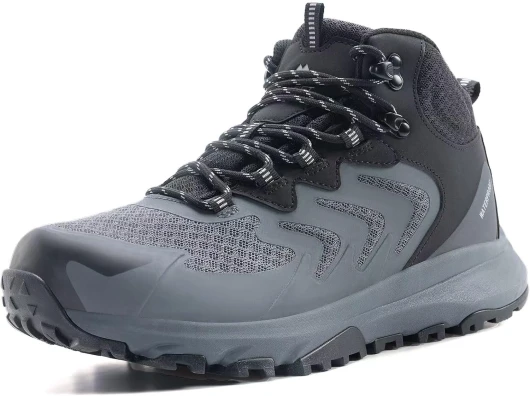
- + Waterproof design for wet conditions
- + Lightweight construction for easy mobility
- + Comfortable fit for all-day wear
- + Breathable material to keep feet dry
- + Suitable for outdoor and all-terrain activities
Choosing the Right Lightweight Hiking Boots for Your Needs
Finding the Perfect Fit for Your Adventures
Choosing the right lightweight hiking boots can make all the difference in your outdoor adventures. With a myriad of options available, it’s essential to consider several factors to ensure your boots meet your specific needs. Here’s a guide to help you make an informed decision.
Consider the Terrain and Conditions
First, think about the type of trails you’ll be tackling. If you’re hiking on well-maintained paths, lightweight hiking shoes or boots with minimal ankle support might suffice. However, for rugged terrains, mid waterproof options like the Merrell Moab Mid GTX or Salomon Quest provide the necessary support and protection.
Material Matters
The materials used in your hiking boots significantly impact their performance. Look for boots with Gore-Tex linings for waterproof protection, especially if you’re hiking in wet conditions. Leather options offer durability, while synthetic materials can provide a lighter feel. Brands like Hoka Kaha and Altra Lone Peak offer excellent lightweight and breathable options.
Focus on Comfort and Fit
Comfort is paramount when selecting hiking boots. Ensure there’s ample room in the toe box to prevent blisters and discomfort. Try on boots with the socks you plan to wear on the trail to ensure the best fit. Remember, a snug fit around the heel and midfoot is crucial to prevent slipping.
Assess the Price and Value
While price is a consideration, it’s important to weigh it against the value and features offered. Investing in a quality pair of boots can enhance your hiking experience and provide long-term durability. Brands like Merrell and Salomon offer a range of options that balance cost and quality effectively.
Gender-Specific Options
Many brands offer gender-specific designs to cater to the anatomical differences between men’s and women’s feet. Look for options specifically designed for women if you’re seeking a more tailored fit.
By carefully considering these factors, you can find the best lightweight hiking boots that cater to your specific needs, ensuring comfort and support on every trail.
Caring for Your Lightweight Hiking Boots
Proper Maintenance for Longevity
Taking care of your lightweight hiking boots is crucial to ensure they last through many adventures. Proper maintenance not only extends the life of your boots but also maintains their performance on the trail. Here are some essential tips to keep your boots in top shape:
- Cleaning: After each hike, remove dirt and debris from your boots. Use a soft brush to clean the exterior, especially if your boots are made of leather or have a waterproof membrane like Gore-Tex. This prevents the buildup of grime that can degrade the material over time.
- Drying: Never dry your boots with direct heat sources like a heater or a fire. Instead, let them air dry naturally. Stuffing them with newspaper can help absorb moisture and speed up the drying process.
- Waterproofing: Even if your boots are waterproof, it’s a good idea to reapply a waterproofing treatment periodically. This ensures that the waterproof membrane remains effective, especially in boots like the Merrell Moab Mid GTX or Salomon Quest.
- Storage: Store your boots in a cool, dry place. Avoid leaving them in damp areas or direct sunlight, as this can cause the materials to break down.
- Regular Inspection: Check your boots regularly for signs of wear and tear. Pay attention to the soles, toe box, and ankle support areas. Addressing minor issues early can prevent bigger problems down the line.
Understanding the Value of Quality Care
Investing time in caring for your lightweight hiking boots can save you money in the long run. While the initial price of high-quality boots like the Hoka Kaha or Altra Lone Peak might be higher, their durability and performance make them a worthwhile investment. Proper care ensures that your boots provide the best support and fit, whether you're tackling a rugged trail or a gentle hike.
Remember, the right maintenance routine can make a significant difference in how your boots perform and how comfortable your feet feel on the trail. Whether you’re a fan of mid waterproof designs or prefer the lightweight feel of hiking shoes, taking care of your gear is essential for every outdoor enthusiast.
Testimonials from Experienced Hikers and Mountaineers
Insights from the Trail: Voices of Experienced Hikers
Seasoned hikers and mountaineers have long heralded the advantages of lightweight hiking boots as a game-changer on the trails. The shift towards lightweight options often starts with the liberating feeling of reduced weight on their feet. One experienced trekker notes that transitioning to lighter boots has allowed them to cover more ground without exhausting their legs prematurely.
Many highlight the comfort factor provided by modern materials and designs. The incorporation of breathable materials like Gore-Tex in boots ensures feet stay dry and comfortable, even in challenging weather conditions. Hikers have reported feeling less fatigued after long hikes, attributing this to the superior cushion and support offered by models such as the Hoka Kaha and Altra Lone Peak, recognized for their exceptional fit and lightweight design.
Moreover, the importance of ankle support cannot be overstated. Numerous trail enthusiasts appreciate the support and stability provided by lightweight hiking boots, which help prevent injuries on uneven terrain. Models like the Merrell Moab Mid GTX have been praised for offering a perfect balance between weight and ankle support, proving reliable on rugged paths.
Another common sentiment is the adaptability and durability of these boots. Many hikers recount the long-lasting performance of their mid waterproof and leather options, which maintain their structural integrity and comfort over time. Experienced mountaineers often opt for proven boots like the Salomon Quest and Moab Mid as their trusted companions.
In conclusion, testimonials from the hiking community consistently underscore that selecting the right lightweight hiking boots not only enhances performance on the trail but also ensures a more enjoyable and less taxing outdoor adventure.
